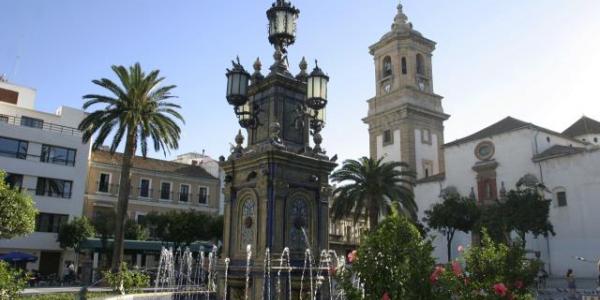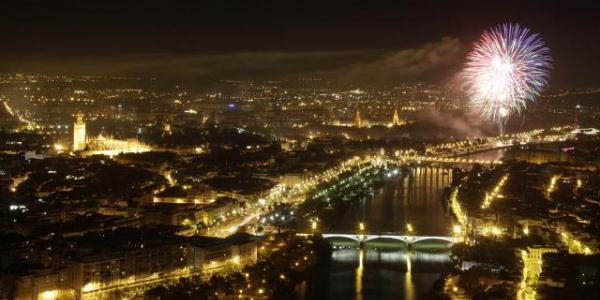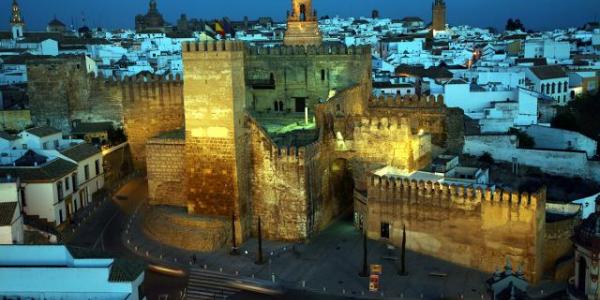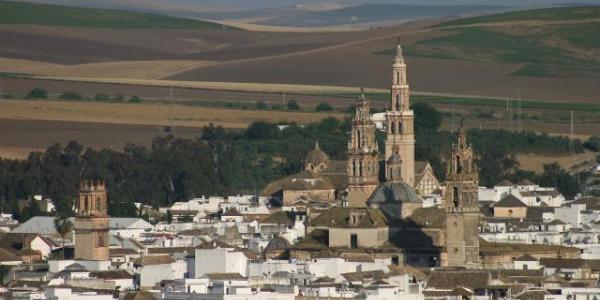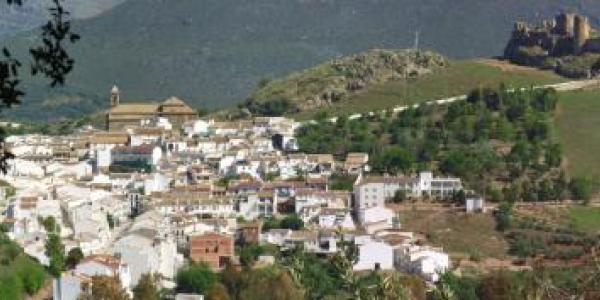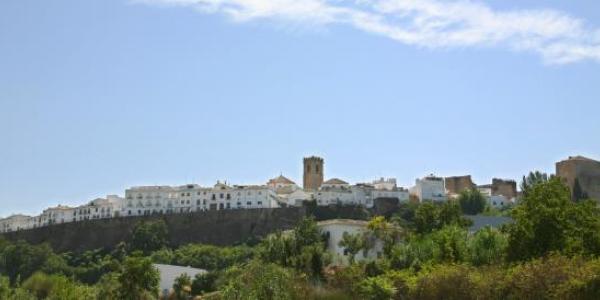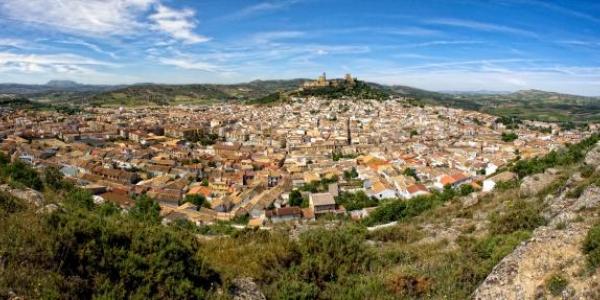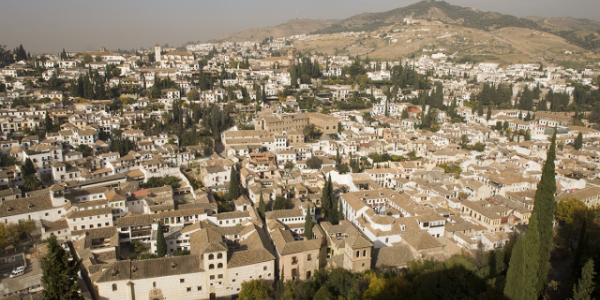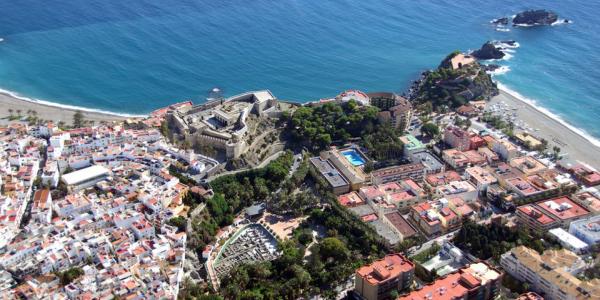The Alcazar of the Seville Gate

The western approach to the walled town is protected by an impressive bastion of hewn stone which was also used as a residence in the Middle Ages. It is probably one of the oldest fortifications in Andalusia. It is situated over a bastion dating from the 8th century BC, which was reformed by the Carthaginians and added to, reaching approximately its present dimensions, by the Romans between the 3rd and 1st centuries BC, who also included a temple. The Arabs added more fortifications to this structure between the 9th and 12th centuries and later again they were modified by the Christians. The Gate comprises two sections; the first, with its horseshoe arch, is Islamic, and the second has a Roman origin. The fortress stands to the side, with the slim Torre del Homenaje (keep) to the fore, a platform and the Aljibes courtyard, which houses the cisterns, over what was formerly the Roman temple, the Gold tower and the Salón de los Presos (prisoners’ hall), residence of the governors and the aristocratic stronghold in the Christian period of the Middle Ages.
The Upper Alcazar and the Cordoba Gate

The perimeter wall which enclosed the town of Carmona was built in the first millennium BC and constantly underwent additions to the end of the Middle Ages by Arabs and Christians. It had another of its strong points in the elevated section, on the edge of the Alcor. This imposing alcazar (fortress), which protected the Marchena Gate, is basically a Moorish construction but with substantial reforms undertaken in the 14th century by king Pedro I, who used it as both palace and castle to house his treasures, his lovers and his enemies. The Cordoba Gate, flanked by two large fortified towers, stands to the north of the Upper Alcazar. Roman in origin, its neoclassical appearance is due to the work undertaken by José Echamorro in 1800.
The Priory Church of Santa Maria.

In the 15th century, over the oratory of the Muslim mosque of Qarmuna, works were started on the church that most resembles the cathedral of Seville. Nevertheless, the base of the Islamic minaret and the ablutions courtyard, the shan, or orange trees courtyard, were retained and in the latter the visitor can see the galleries of pointed arches and thick columns, on one of which, a 6th century Visigoth calendar is engraved, evidence of the superimposition of different religions in this area. The Gothic interior of the church houses many artistic treasures, such as the 16th century main altarpiece by Juan Bautista Vazquez ‘the Elder’ and excellent paintings by Pedro de Campaña and Francisco de Zurbaran in the chapel of San José.
The City Museum

Next to Santa Maria, the museum of Carmona is situated in the 16th century stately home of the Marquis de las Torres and much reformed in the 18th century. Apart from housing a detailed history of Carmona's past and traditions, this offers an excellent opportunity to get to know one of the best examples of a local ancestral home. Scale models and reconstructions relating to the evolution of the population from Palaeolithic times to the present day are on display in the residential and domestic quarters situated around the courtyards.
The Church of San Pedro.

The church of San Pedro is a building really worth seeing, among the innumerable ones Carmona has to offer. It is situated outside the walls, in front of the Seville Gate. Although started in the 15th century, its principal structure is 18th century, which has given it a Baroque air. The belfry, which is a smaller version of the Giralda in Seville, catches one's eye. Also noticeable is its refined cut brick and tile work, and the splendid sacramental chapel is a model of 18th century architecture.



